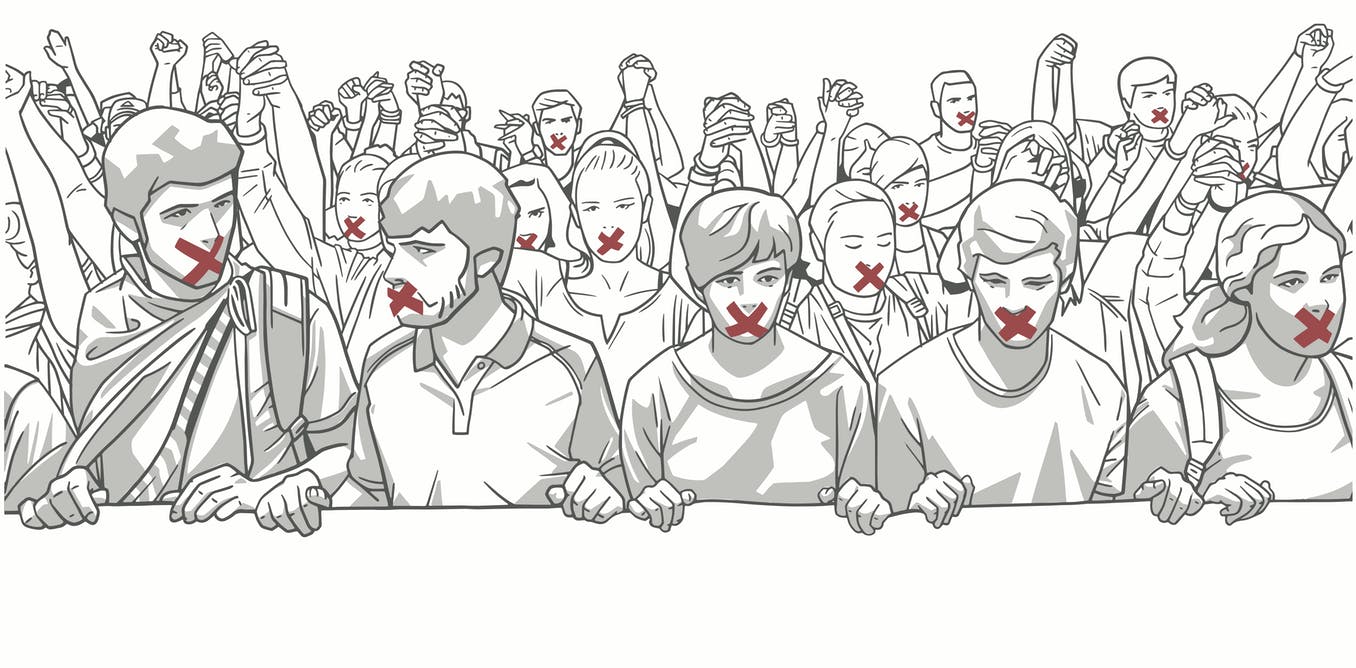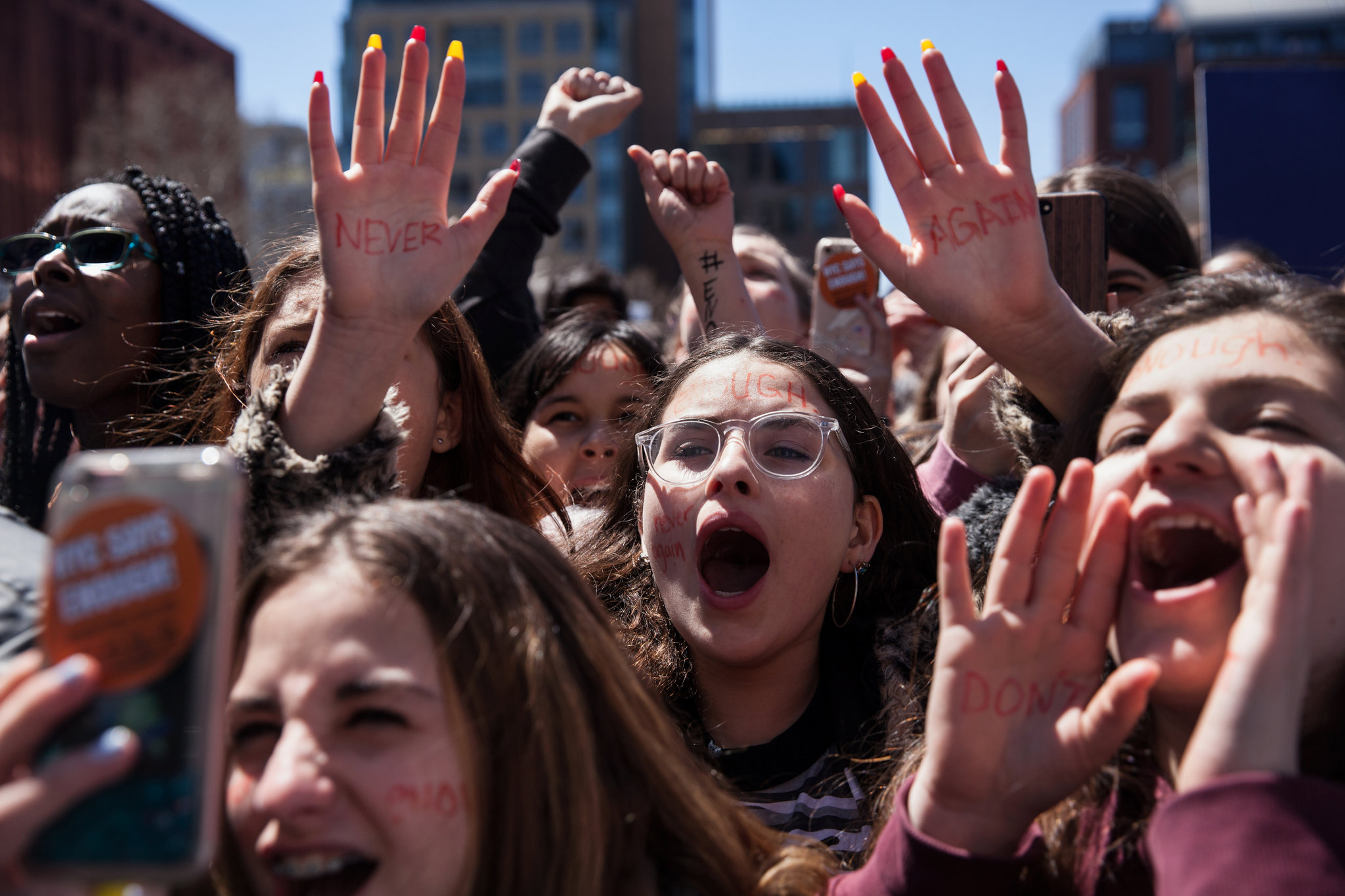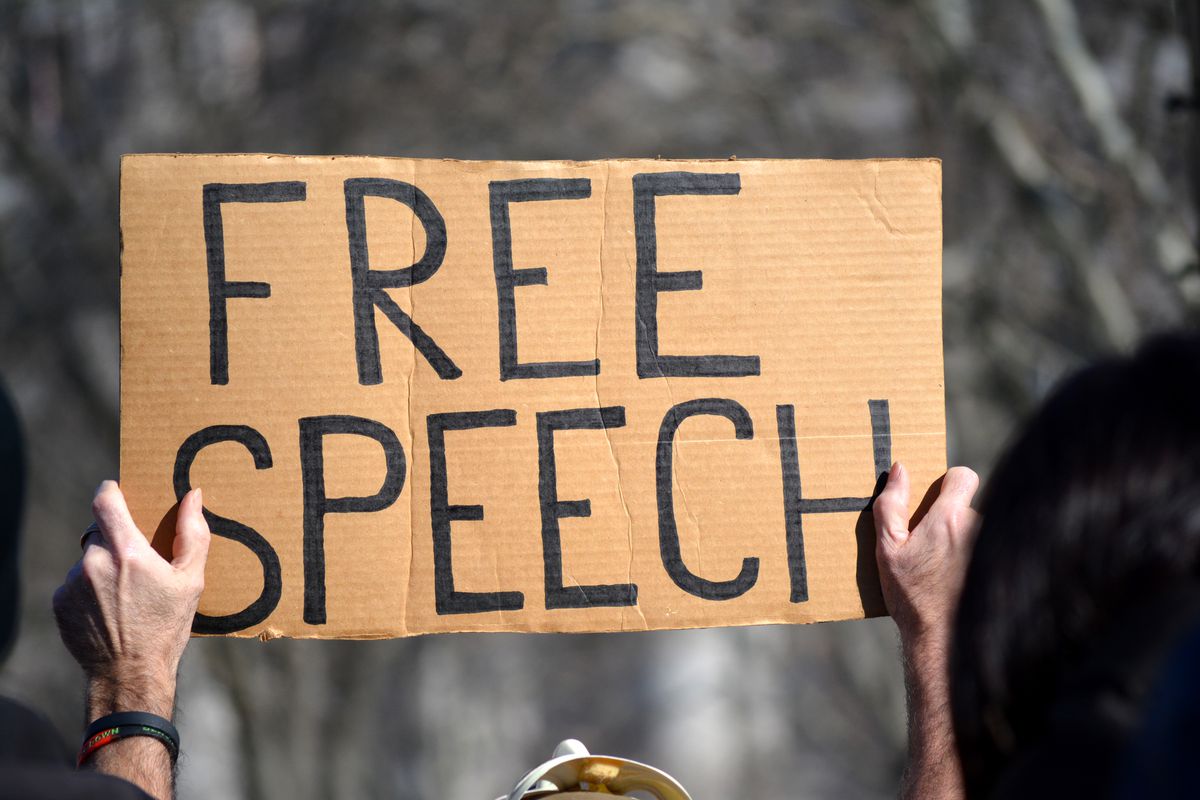Most Americans know the First Amendment to the U.S. Constitution grants freedom of speech. While freedom of speech is one of our fundamental rights, there are limitations. What is and what isn’t protected speech has been the subject of countless lawsuits over the years. While those court decisions have provided some clarity, technological advances and the public’s increased use of internet forums have created new issues and challenges for the courts to address.
As a general rule, limitations on free speech preclude speech that is harmful to others, threatening, or generally repulsive and reviled.
Obscenity is Not Protected by the First Amendment.
The issue here is defining what is and isn’t obscene. Back in the 19th century, U.S. courts held that blasphemy was obscene speech and not protected by the First Amendment. Those rulings have since been overturned, and people now have a Constitutional right to blaspheme as much as they want. Cursing or swearing is not what the courts consider obscenity. Most pornography also falls in the category of protected speech. Obscenity is something worse. In 1973, the United States Supreme Court, in Miller v. California, created a three-part test for a legal definition of obscenity.
(a) whether the “average person applying contemporary community standards” would find that the work, taken as a whole, appeals to the prurient interest; (b) whether the work depicts or describes in a patently offensive way, sexual conduct specifically defined by the applicable state law; and (c) whether the work, taken as a whole, lacks serious literary, artistic, political, or scientific value.
Child pornography, images depicting torture, murder, rape or mutilation are some of the types of materials the courts consider pornographic. Child pornography is banned speech even when it does not meet the Miller test. The limits on obscene speech also apply to broadcasting. The FCC regulates broadcasting and sets obscenity guidelines broadcasters must follow.

Lying, in Many Circumstances, is Not Protected Speech.
Lying under oath is perjury, a criminal offense. It is not protected speech under the First Amendment. Lying to investigators, charged by a government agency to investigate a crime, is also a criminal offense without Constitutional protection. We have all read about financiers or businessmen going to prison for lying to federal investigators. Martha Stewart is an example most people remember. She went to prison for lying about her stock trading during a federal investigation. Dishonest or bogus advertising can also lead to prosecution. Although deceptive advertising is a pervasive problem in our society, if you can pin down the perpetrator, it can be prosecuted as a crime.
On the other hand, politicians and other public figures have considerable leeway in bending the truth to suit their own interests. Most of us recognize political rhetoric for what it is, a pack of lies designed to promote the candidate’s agenda. You may not like it, but it is protected speech under the law.
Fighting Words, Threats, and Inciting Violence Will Not Be Protected.
The “fighting words” doctrine was first described in Chaplinsky v. New Hampshire,315 U.S. 568 (1942) where the Supreme Court upheld a state law prohibiting one person from insulting or defaming another on a public street. The statutory prohibition at issue applied only if the derisive language was designed to incite or promote violence. The purpose behind the statute was to preserve the public peace by preventing street brawls. The Supreme Court upheld the law because it was so narrow in scope. Ordinary insults were not prohibited.
In Cohen v. California, 403 U.S. 15 (1971) the Court further clarified its position on threatening or violent speech. The Cohen Court held that a t-shirt containing an expletive was protected by the First Amendment because it was not directed at any one person and could not reasonably be expected to lead to a breach of the peace.
It is this same doctrine that prohibits overt threats of bodily harm, swatting, or yelling fire in a crowded theater. Falsely yelling fire in a crowded building and swatting are pranks that can lead to people being injured or killed.
Schools May Limit a Student’s Free Speech Rights.
Schools have the right to ban cursing, to censor school newspapers, and to monitor books and publications brought on campus. While some states have passed laws limiting a school’s control over student free speech rights, the school’s obligation to protect students and maintain an orderly environment still trumps the right of free speech in the school setting.

Private Enterprise and Places of Employment.
The First Amendment protections apply to government actions. They do not apply to private businesses. You have no free speech rights in your workplace. Your employer is entitled to enforce prohibitions against political speech, religious speech and profanity. If you have a bumper sticker on your car that your boss deems offensive, he can demand that you remove the bumper sticker or face dismissal. Private employers can ban political discussions and clothing that expresses political or controversial views.
As with employers, the First Amendment does not apply to restrictions imposed by a private business. A store, restaurant, or other business can ban patrons who violate their company policies by wearing clothing with profanity, carrying picket signs or posters into the business, screaming profanity at employees or customers, or giving soapbox type speeches. Private business has the right to refuse service to customers it deems offensive, so long as there is no sexual, racial or religious discrimination.
Time and Place Restrictions on Free Speech.
The Constitution allows regulation of free speech when the imposed restrictions are content neutral, serve a significant government interest, and there are plenty of alternative methods for communicating the restricted views. Time and place restrictions have been used to ban picketing in front of abortion clinics, to ban nude dance clubs and adult book stores in school zones, and other similar restrictions. Protesters have been a fixture at political gatherings since political parties were invented. The government is permitted to confine protesters to so called “free speech zones” to protect both attendees and protesters from a violent confrontation.
Prior restraint is another type of time and place restriction on free speech. While the courts are very reluctant to allow prior restraint restrictions, there are a few exceptions. For example: the government can prohibit a newspaper from publishing the expected departure date and location of troop ships en route to a battle zone.
Free speech and a free press are essential to our democracy. However, as we’ve just seen, sometimes a bit of restraint goes a long way. What are your feelings on the matter? Share them in the comments below!


Pingback: Top 4 Things To Know About The Reversal Of Roe V. Wade | Law blog online
Pingback: Top 3 Tips To Hire A Lawyer | Law blog online
Pingback: Defense Lawyer And Prosecutor: What Are The Differences? | Law blog online
Pingback: Equality Of Legitimate And Natural Children | Law blog online
Pingback: What Are The Different Forms Of Domestic Violence | Law blog online
Pingback: Is it mandatory to install a water cooler in a company in France? | Law blog online